-

-
Ting Fong May Chui
徐婷芳Associate Professor
Department of Civil Engineering
The University of Hong Kong -


Associate Professor
Department of Civil Engineering
The University of Hong Kong

|
The hyporheic zone (HZ), which is the region beneath or alongside a streambed where shallow groundwater and surface water actively mix, plays an important role in stream ecology. This project tackles the following questions using numerical simulations: |
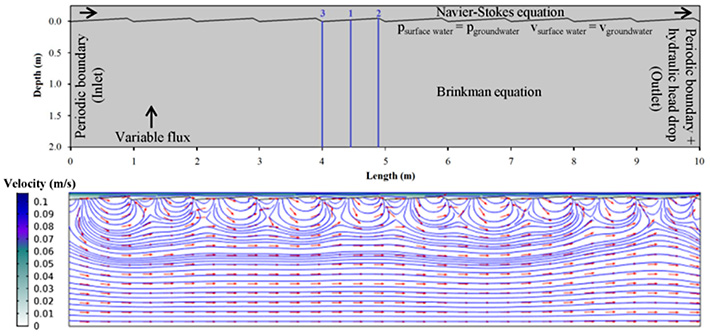 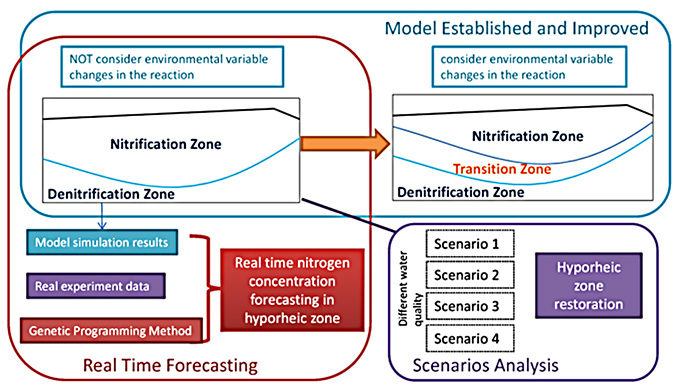
Liu, S., & Chui. T. F. M. (2018). Impacts of different rainfall patterns on hyporheic zone under transient conditions. Journal of Hydrology, 561, 598-608. Liu, S., & Chui. T. F. M. (2018). Impacts of streambed heterogeneity and anisotropy on residence time of hyporheic zone. Groundwater, 56(3), 423-436. |
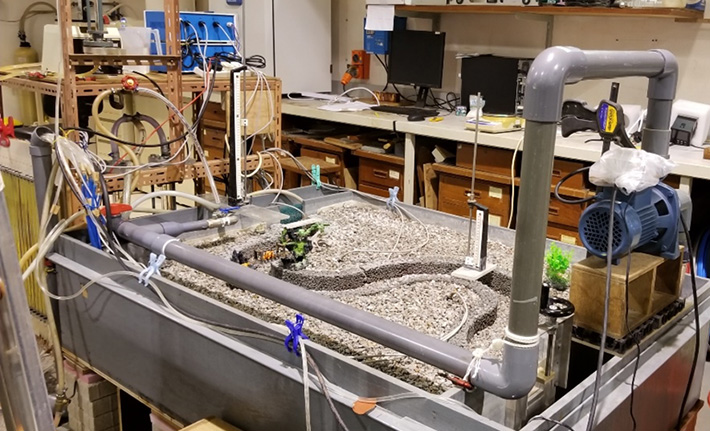 Water actively moves into, through and out of the hyporheic zone, resulting in hyporheic exchange (HE). This exchange is crucial to various physicochemical and biological processes. The HE in pool-riffle sequences is one of the most common forms but previous studies have mostly assumed the pool-riffle sequences to be in straight streams even though they tend to develop in meandering streams. This project investigates HE and considers stream meanders, pool-riffle sequences and groundwater inflow. A physical model was built within a recirculating 1.2 m × 1.8 m box and tracer experiments were performed to quantify the impacts of streamflow, bedform amplitude and groundwater flow on HE. The study helps elucidate the basic processes that control HE in natural streams, contributing to the research on riparian ecosystem and the development of stream restoration techniques. |
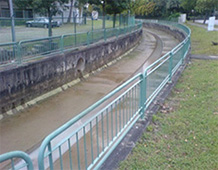 |
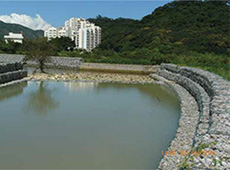 |
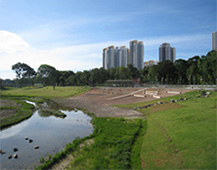 |
Huang, P., & Chui, T. F. M. (2018). Empirical equations to predict the characteristics of hyporheic exchange in a pool-riffle sequence. Groundwater, 56(6), 947-958.
Copyright © 2018 - All Rights Reserved
Updated in January 2019